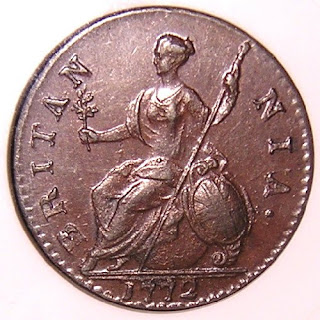While excavating at Bostwick we encountered an artifact that led us to research one of the more interesting occupants of the house. Archaeologists excavating on the terraced side-gardens to the southeast of the house found an unusual looking bullet. Bullets are a common find in rural or  formally- rural areas, though this one was unusually large. Later that afternoon a member of the Bladensburg police force dropped by to see how the excavation was progressing. As we usually do when the public visits our excavations, we showed him what we were finding, and asked him what he thought about them. It turns out that the officer was the firearms- training expert for the police force. He was excited to see the bullet. He carefully examined it, compared it with the bullets in his belt, measured it, and concluded that it most likely came from a big game hunting rifle from the turn of the century.
formally- rural areas, though this one was unusually large. Later that afternoon a member of the Bladensburg police force dropped by to see how the excavation was progressing. As we usually do when the public visits our excavations, we showed him what we were finding, and asked him what he thought about them. It turns out that the officer was the firearms- training expert for the police force. He was excited to see the bullet. He carefully examined it, compared it with the bullets in his belt, measured it, and concluded that it most likely came from a big game hunting rifle from the turn of the century.
Before his career in the railroad industry Kyner served two terms in the state legislature of Nebraska. As a politician he was an ardent advocate for the railroad industry, opposing all measures to regulate it, at a time when this was a pressing issue in the country. For the aid he delivered to the industry he received his first contract constructing a branch line for Union Pacific for settlers in Nebraska in 1881. After more than twenty years in the business the Kyners moved east to a quiet town in the hinterlands of Washington D.C. (Kyner 1937)
In 1937 Kyner wrote an autobiography of his long and fascinating life called End of Track. Bladensburg is mentioned very briefly at the end, where he fondly describes the peace of his retirement home:
"…going East with my wife and very young daughter, I bought an old colonial home just outside the District of Columbia, within six miles of the White House... Here, with seven acres of garden and orchard and lawn to interest me, I have stood aside for the past thirty years and let the world go by. Busying myself with bees and dogs, with chickens and with a horse or two, modernizing and reconstructing this old, old house of mine, I have played no part that could be felt so very far beyond the pillars at my gate. I have seen, as from a seat in a theater, the drama of the world. Here and there it touches me, of course, but mostly it does not."
Ironically, it is the congestion of unbridled growth that began in the late 19th century that would eventually overtake the Bladensburg that Kyner hid from in his house on the hill. Today, the historic core of the town is crisscrossed by the commercial developments and transportation routes that snake along major commuting arteries leading in and out of Washington D.C. It was these transportation routes that had brought people to Bladensburg throughout the years, by river, by road, by rail, by trolley, each leaving a bit of themselves behind in the archaeological record. For the public, the obliteration of the historical landscape is one of the major concerns expressed at public events. They hope that the archaeological and historical work being undertaken by SHA and U of MD will help them to recreate a walking city within this cultural landscape that is commensurate with the complexity and depth of Bladensburg history as we are coming to understand it. Above all, this is what the public has asked from our archaeology project.
Using a combination of public outreach and traditional scientific methods the Bladensburg Archaeology Project has made our work meaningful to the communities of Bladensburg. Inviting the public to take part in the archaeological process aided us in making the physical discoveries meaningful to the town. It has helped us, and the community, relate the data we find underground to themes that are relevant locally and nationally, historically and in the present. Through the narrative of archaeological research, we can connect the complex history of a small locality to broader national themes of contemporary importance. Through the themes of ecology, conflict, commerce and transportation we can highlight the complexity of a history that the community can be both critical and proud of.




